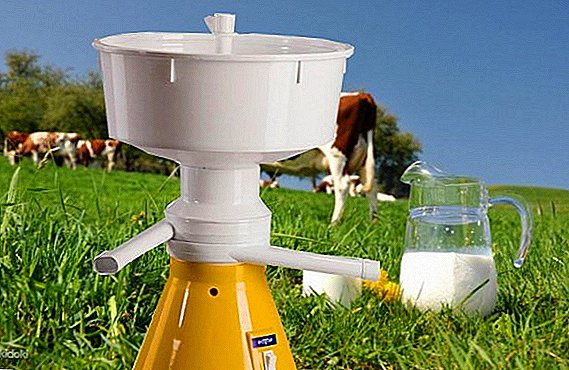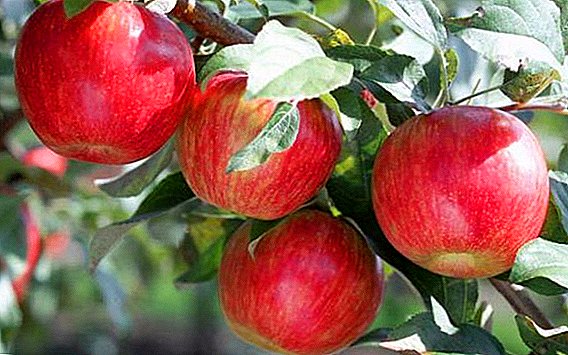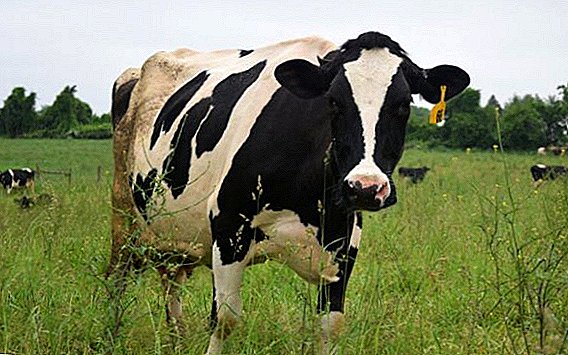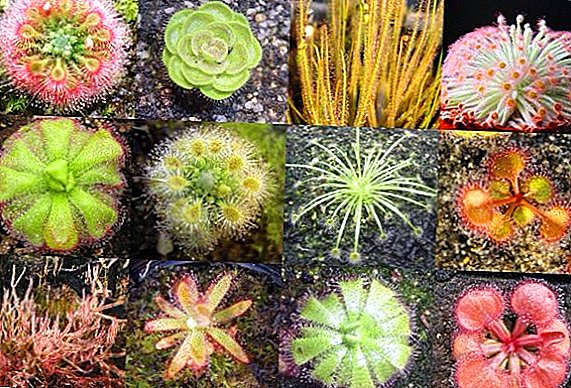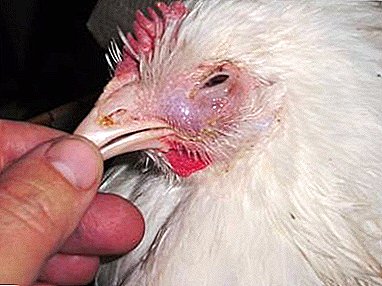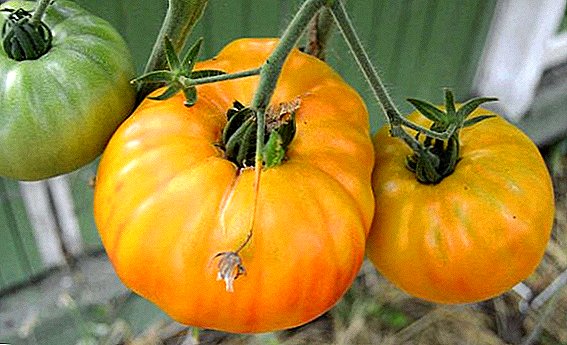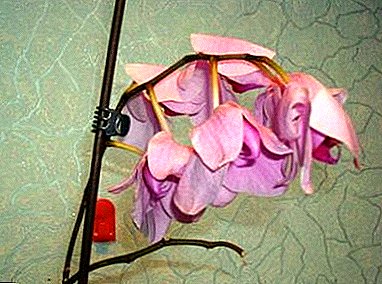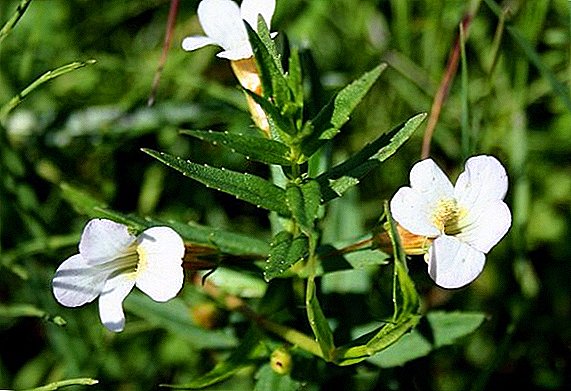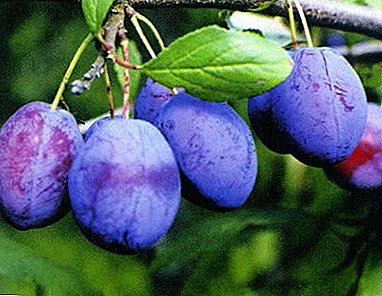
In the rare garden of Central Russia there is no plum tree. Its fruits have a complex of healing properties, a pleasant taste and a variety of processing.
Why is the plum of gardeners inferior primacy of apple and cherry?
The reason is the late flowering of samobzplodnyh varieties, which lack the suitable pollinator and time for pollination.
The impression is hopelessness of landings. The way out of the situation is the selection of new self-fertile hybrids created specifically for the Middle band.
Breeding history
In the international pomological systematics, there are three categories of plums with different origins, despite the fact that in their pedigree, of course, there is a trace of a wild ancestor. This is a plum home, Chinese and Russian.
Their wild ancestors appeared thousands of years ago as a result of spontaneous pollination of cherry plums:
- in the Balkans, in Central and Asia Minor, the progenitor of domestic plum;
- in the Far East and in the Amur region - the Ussurian plum;
- willow plum in northwest China;
- in the mountainous regions of North America - American plum;
- in the north of the North American continent - Canadian plum.
All of them were subsequently included in the selection process, the main purpose of which was to give the fruit high consumer qualities, to distribute the plum as a species in the northern regions and to adapt it to industrial cultivation.
 The cultivated varieties of folk breeding from the Adriatic came to Europe and Russia as a home plum. A new stage in the creation of domestic hybrids of this species began in the process of experiments of I.V. Michurin.
The cultivated varieties of folk breeding from the Adriatic came to Europe and Russia as a home plum. A new stage in the creation of domestic hybrids of this species began in the process of experiments of I.V. Michurin.
Fruit trees were vaccinated with Ussuri dick and became generally recognized winter-hardy varieties. Russian plums. Chinese plum went through cultivation at the California Breeding Center, in the process of crossing with American varieties.
Characteristics of a variety
The home variety of plum "Blue Gift" was registered in the State Register recently in 2001, and was recommended for introduction in the Central region.
The qualities that proved to be acceptable for this climate zone were found in the following parent pair:
Variety "Ochakovskaya yellow" ("Latvian yellow egg") - An old white plum cultivar grown in the south of Russia, Belarus and the Baltic States.
Virtues:
- juiciness of sweet fruits of yellow color;
- fruiting regularity;
- significant yield (up to 80 kg per tree).
disadvantages:
- self-infertility;
- shedding and cracking of mature plums;
- whimsical care;
- vulnerability of flower buds during the period of spring frosts.
 Variety "Memory of Timiryazev" - Late interspecific hybrid VSTISiP, registered in the State Register since 1959.
Variety "Memory of Timiryazev" - Late interspecific hybrid VSTISiP, registered in the State Register since 1959.
Advantages:
- self-fertility;
- excellent commercial and consumer quality of almost red fruits (taste rating - 4.2);
- bountiful harvest with minor variations in regularity;
- resistance to fungal infections;
- the ability of the hybrid to recover from the adverse effects of weather.
Disadvantages:
- low winter hardiness.
Qualities inherited by the new hybrid:
- compactness of a low tree, which is evaluated positively in industrial gardening;
- self-fertility;
- regular high yield;
- commodity attractiveness of universal fruits, with easily detachable bone;
- recognized significance as a honey plant of the late spring period;
- winter hardiness of 2.5 points;
- resistance to typical diseases of the species - 2-3.5 points.
- The disadvantage is one: the fruits are too small.
The choice of variety for orchards of the Middle Belt should be based on three conditions: fruit quality, yield and winter hardiness. One without the other is an unformed event.
Description plum Blue gift
Plant of medium vigor (up to 3 m. Height); the trunk covered with gray, rough bark forms a shtamb (60cm); crown of average density, oval in shape. Skeletal branches form the elevation of the crown.
 The young shoots are straight, grayish-brown, with a light edge, forming collets with bouquet twigs. Two types of buds (vegetative and generative) are of medium size and rejected from the shoot; winter hardiness increased.
The young shoots are straight, grayish-brown, with a light edge, forming collets with bouquet twigs. Two types of buds (vegetative and generative) are of medium size and rejected from the shoot; winter hardiness increased.
Leaves are dark green, medium-sized, lanceolate, with a scape of medium size; leaf plate wrinkled on the front side and pubescent on the back; edge uneven, finely toothed.
The flower is white, pyatilepestkovy, on a bare pedicel, collected in a bouquet of inflorescences; one and a half dozen stamens represent the male organ and are located above the stigma of the pistil (the female organ), which allows the flower to be self-pollinated.
Fruit:
- small (14 grams), saturated blue-violet color with a noticeable touch of prune;
- oval shape, elongated, with a slightly pronounced abdominal suture;
- it is attached to a branch of a medium-sized stalk;
- the flesh of the fruit is not very juicy, dense, yellow-green, with a well-separated bone;
- bone is 7% by weight of the plum;
- the taste combines sweetness with sourness and is rated on a tasting scale of 4 points.
Tree readiness for fruiting - 4 year from landing. Maturing dates correspond to the twentieth of August.
Sort characterized by high yield regularity (up to 35kg from a tree). Fruits are equally suitable for fresh consumption, drying, freezing and processing.
Duration of tree productivity is 21 years.
No one will be surprised by a pear grafted onto an apple tree, or a cherry grafted onto a plum. In 2008, an American biologist managed to plant 40 species of stone fruits to a single tree, which simultaneously bloom in different colors and bear fruit in different ways. So he tries to save for descendants endangered species of fruit plants.
A photo
See a few photos of the plum "Blue Gift" below:


Care
As a plum home "Blue gift" accepts all agronomic measures of planting and caring for fruit trees of this species. Is it possible to plant it on the lower part of the slope, because it loves moisture, but you should not expect that it will put up with the stagnation of melt water in the spring or groundwater in the upper horizon.
She loves a safe shelter from strong winds, but, constrained by the lush crowns of her neighbors (apple trees, pears), threatens to degenerate into a long "overgrown" with reduced productivity.
Flavor qualities of the fruit will directly depend on the amount of sun and heat, which falls on the time of ripening.
 Special care measures:
Special care measures:
- Plum tree has one feature that can destroy it in the heyday of productivity: cracking the bark. This happens with the intensive growth of a tree or temperature drops at the border of spring and winter, when the outer cover of the trunk is bursting with swelling wood or bark heated by the sun sharply compressed into night frosts.
- If cracks in the trunk grow over the same season, there is no danger to the plum. But the heat of the dry summer, which replaced the vicissitudes of spring, is a serious reason for the death of the plant from cracking the bark: an infection can get into the cracks, through them the growth begins, the tissues dry out. This is especially dangerous during the sap flow.
Preventive measures - spring groove in the 8th year of life of the plum, when the bark on the trunk is cut with a sharp knife along the circumference of 20 cm. The cut depth should not exceed the thickness of the bark, and the furrows are immediately spread with garden pitch, and repeat this procedure every 4 years.
"Blue gift" - a reliable variety for the Russian garden, and therefore - a gift. Well, it will turn blue only by the end of the summer, when its fruits ripen.


